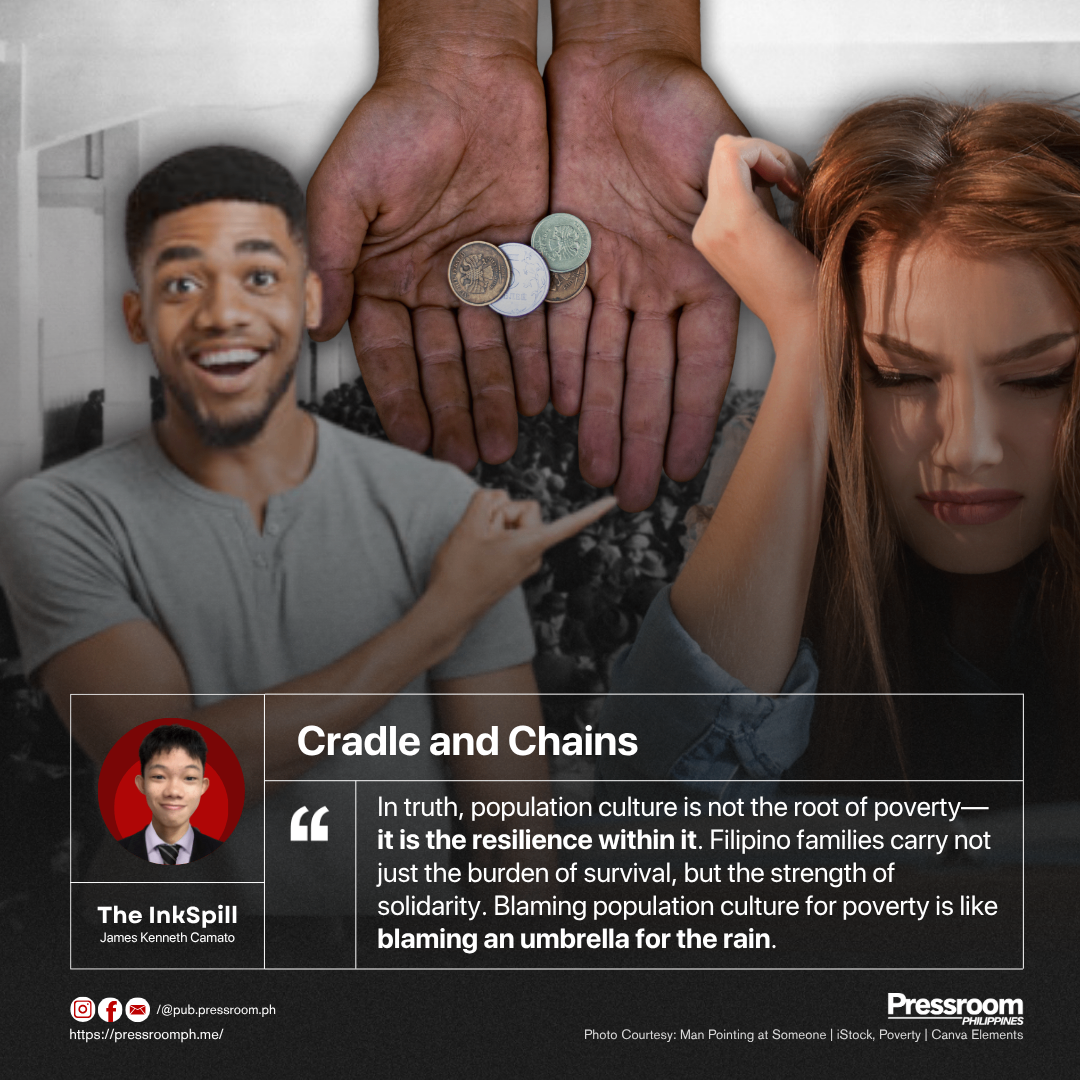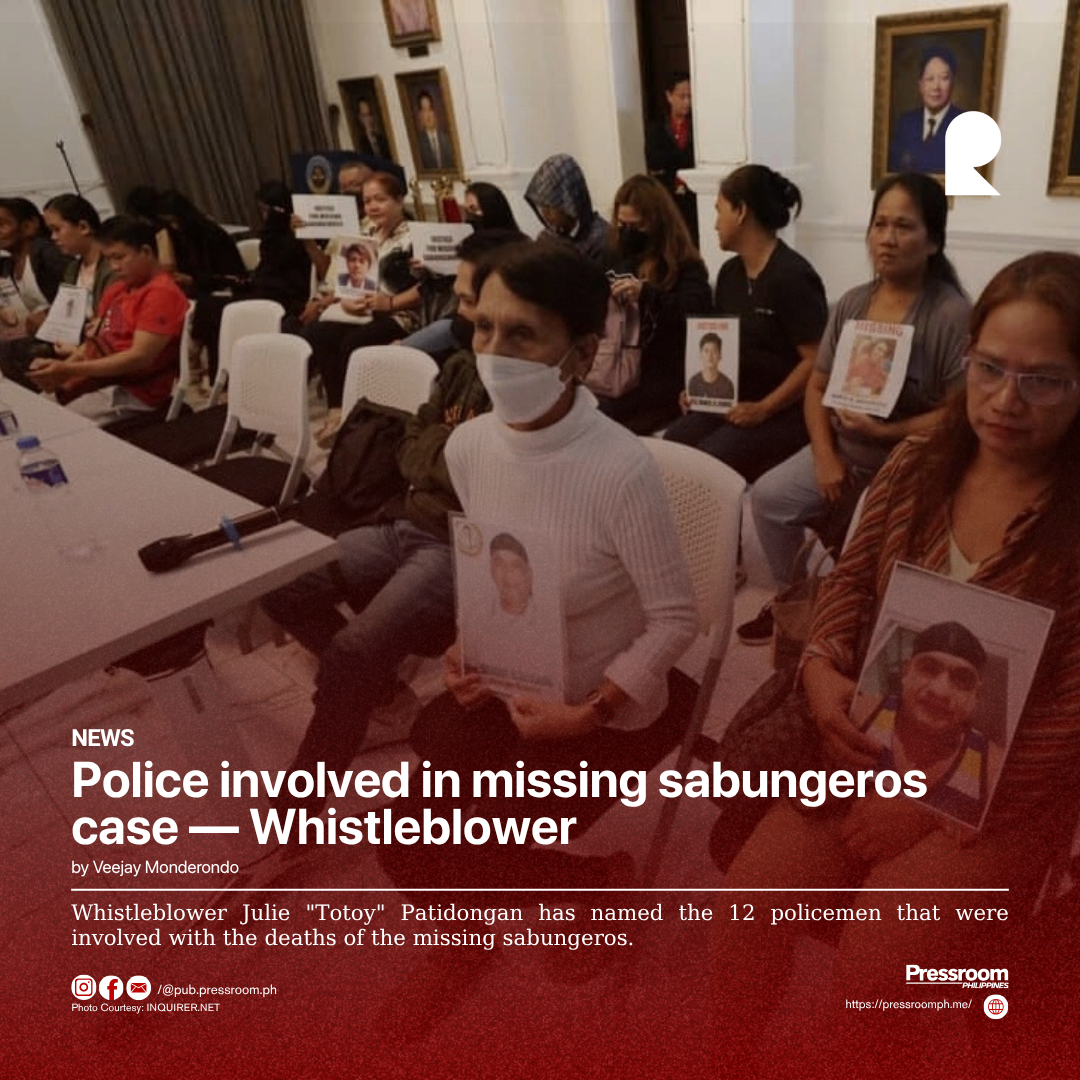via James Kenneth Camato, Pressroom Philippines
It's a phrase with a heavy implication: the population culture has become the burden-bearer of the poor. A whispered blame, a pointed finger. By sheer numbers, the humanity of Filipino people carry the cross of poverty on their backs, and culture is the culprit. It is a mistaken option as much for a nation. But, is it fair to blame culture for a nation‘s poverty? Or have we once taken the mistaken symptom for a source?
Foreshadowing a greater existence, the Filipinos often echo a question, the “kailan kayo magkaka-anak?”, which shows the society itself is a cameo relating to the culture disguised. In a now busy and bustling cobblestone called for the nation, the deepest struggle means to romanticize them—you often see youngsters that are early mothers waking up in an empire as one of the greatest burdens—the penury of negligence toward the algorithm. The mindset that illustrates this vicious cycle turns and twists into an intergenerational sprawl to success.
It is a policy that every nurtured cornerstone of the society should provoke it with the headed generations.
It is a blessing curated with—“habang buhay na tayo maghihirap”, which deprives itself as low as the economic and social standards of this country. The poors became the burden bearers, in a feasible translated culture, socioeconomic, and rigid social stratification. Young labor workforces are starting to work earlier; but—at what nearly cost?
At one time, I competed as a figure to the Population Quiz Bee, where I lasted as a Regional finalist. The competition wasn't just about the firstly goes noticed boards with correct answers of the myriad—it is of how I have seen the memoirs that tells a subordinated story; Filipinos think being poor is maliciously great way, and at last—they gain nothing but to grope to their relatives and the governance. But it tells a sabotaged story: they don’t just produce an antiquated mindset, but they grew it out of increment. They create reproduction, thinking as the daughters and sons will be the “pag-asa ng pamilya”, or in which; the last hope of the family in lit of poverty.
In the Philippines, stubborn gaps persist in income, gender and economic status—the poor are unable to recover from back-to-back crises as they may continue to suffer due to the longing pandemic, steep prices, and commodities that are priced as luxury. A Total Fertility Rate (TFR) of 2.1 represents a Replacement-Level Fertility: the average number of children per woman needed for each generation to exactly replace itself in the next generation heading. In addition, from the scrutiny of the PSA, it showed elaborately that young labor dependents or age groups under 15 years of age also comprise; a 33.4 million, (30.7%), promising a labor force that could be our greatest asset—or our deepest struggle. On top of that, in a 2022 report by the World Bank, the Philippines ranked 15th out of 63 countries in income inequality, imperatively hoping for a gap in the reeked economic sustainability.
This is blunt: Filipinos’ persist in a longing style of reproduction, but not looking at its consequences from the future.
Critics' views argue concerning shifts. The Philippines’ high population density—especially in Metro Manila, where it exceeds 45,000 persons per square kilometer—fuels poverty, overcrowding, and job scarcity. They point to informal settlers, congested schools, and traffic-choked streets. They say our population culture, may become skeptic, characterized by large families, traditional values, and religious opposition pressured to contraception—or any birth controls, has bred a cycle of impoverishment too tightly woven.
But such views are simplistic. And worse—it‘s cruel. The true negligence of population culture is the purpose of reproductive health, income inequalities, gender, and dull sided economic status of this country. Yet, is it guilt opposed to the culture?
To understand population culture in the Philippines is to listen to the rhythm amplified by the bayanihan spirit, not a burden. It is the laughter of cousins raised like siblings, the wisdom passed down in lola‘s lullabies, the unspoken vow that no one eats, until one truly does, and the gifts of minds truly embraced by Filipino through moral certainty. Filipino families are not just large by numbers, but they are a vast increment in care, support, and shared survival. In a far-flung province where social services stagger, it is kinship that educates, feeds, and protects. Our culture does not breed poverty; it absorbs it, and adapts. It carries the weight of the system and does not collapse entirely. And yet—culture has to bear that weight?
In truth, population culture is not the root of poverty—it is the resilience within it. Filipino families carry not just the burden of survival, but the strength of solidarity. Blaming population culture for poverty is like blaming an umbrella for the rain. It ignores the deeper storm of unequal wealth distribution, limited rural development, rearing urban fault lines, and chronic underinvestment in education and infrastructure.
If blaming the population lensed by culture is great, we should also look back at why it's a cycle—an intravenous cycle that intervenes with how the nation works—is healthcare just optimized? Are the large roads not broken, but yet just fixed?
The solution isn't to shame culture, but to shame policy. A policy that we should understand—promoting reproductive health, fostering rural development, empowering families to use contraception, and to be freed from such norms, like how every family should provoke a child as a basin. Instead, we should stop seeking the families as the problem—and start seeing them as a potential. Because in the end, population culture is not the bearer of the poor. The culture itself is not deprived, but from the cradle of humanity, it tells a longing storyline.






